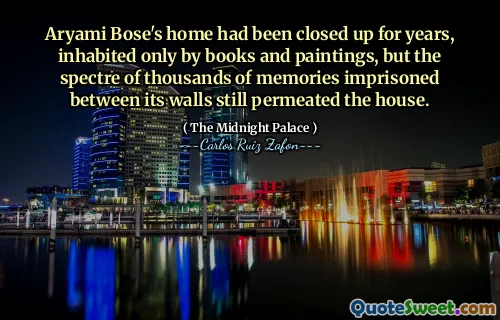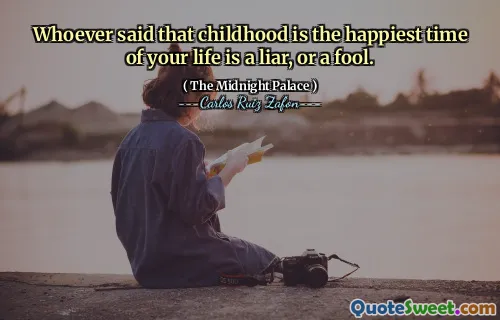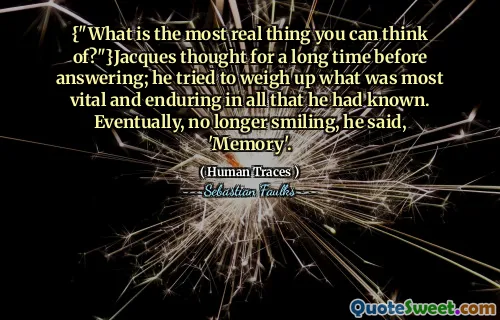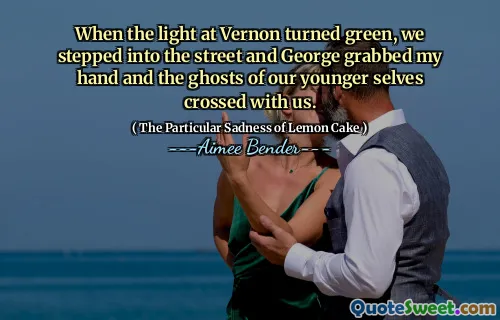
Aryami Bose's home had been closed up for years, inhabited only by books and paintings, but the spectre of thousands of memories imprisoned between its walls still permeated the house.
This evocative passage paints a vivid picture of a house frozen in time, where physical habitation has ceased, yet memories and histories continue to whisper through its walls. The image of a home left untouched for years resonates with the ideas of nostalgia, loss, and the persistence of the past. The books and paintings serve as silent witnesses to bygone eras, personal stories, and experiences that refuse to fade away despite the house’s abandonment. It suggests that even in silence and stillness, a space can hold an energy — a cumulative essence of countless moments lived there. Such a depiction invites reflection on how physical spaces act as repositories for our memories, shaping our identities and emotional landscapes. The mention of memories being 'imprisoned' evokes the idea that these moments are inescapably tied to the environment, unable to be fully released or forgotten, which adds a haunting depth to the scene. It prompts viewers to consider the emotional weight carried by old homes and treasured possessions — how they serve as anchors to our personal or collective histories. The house becomes more than just a structure; it embodies a storybook of lives, love, loss, and nostalgia. This theme aligns well with the narrative tone of Zafón’s 'The Midnight Palace', where memories and past experiences hold powerful sway over the present, emphasizing how our histories are woven into the very fabric of our physical surroundings.





